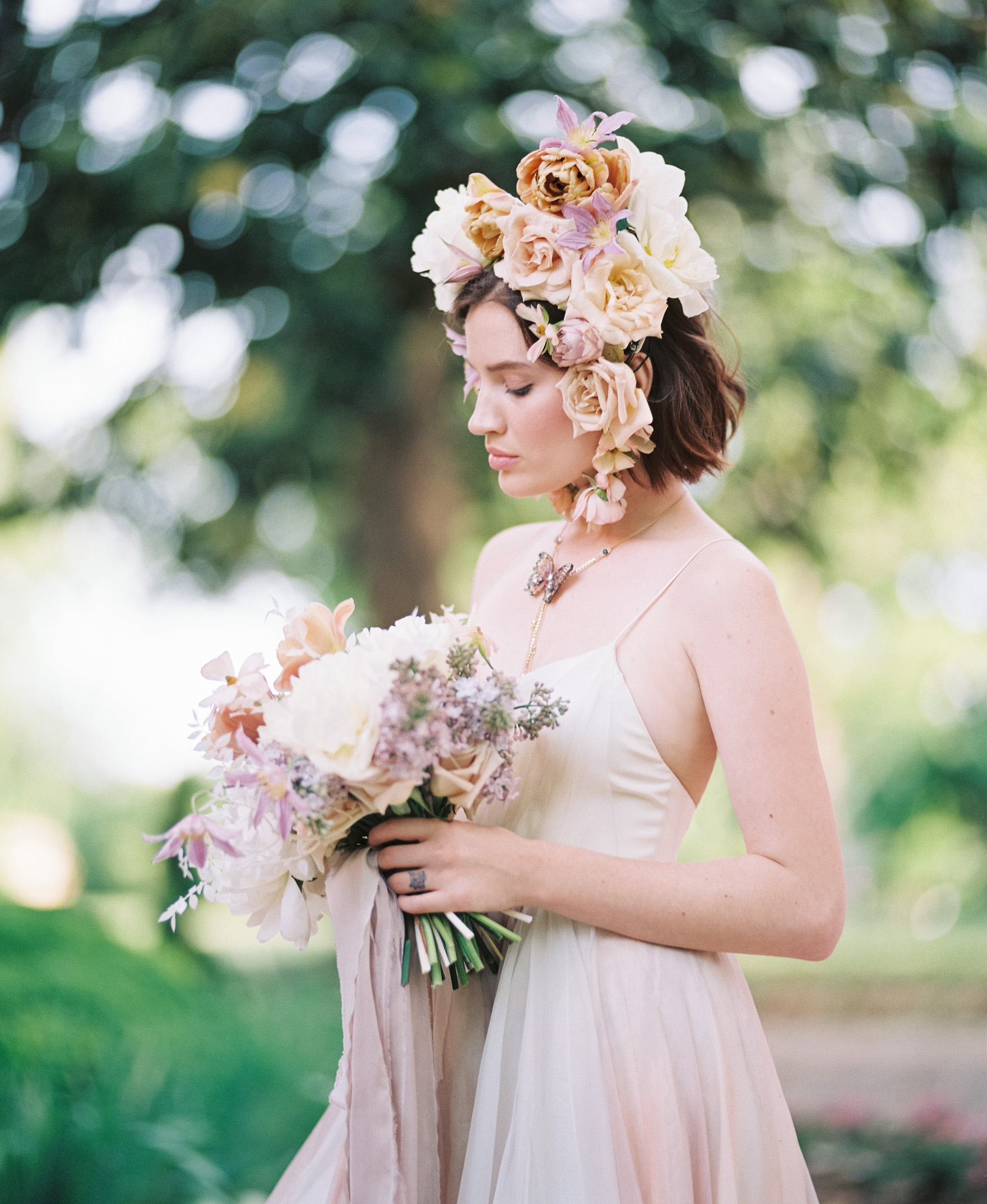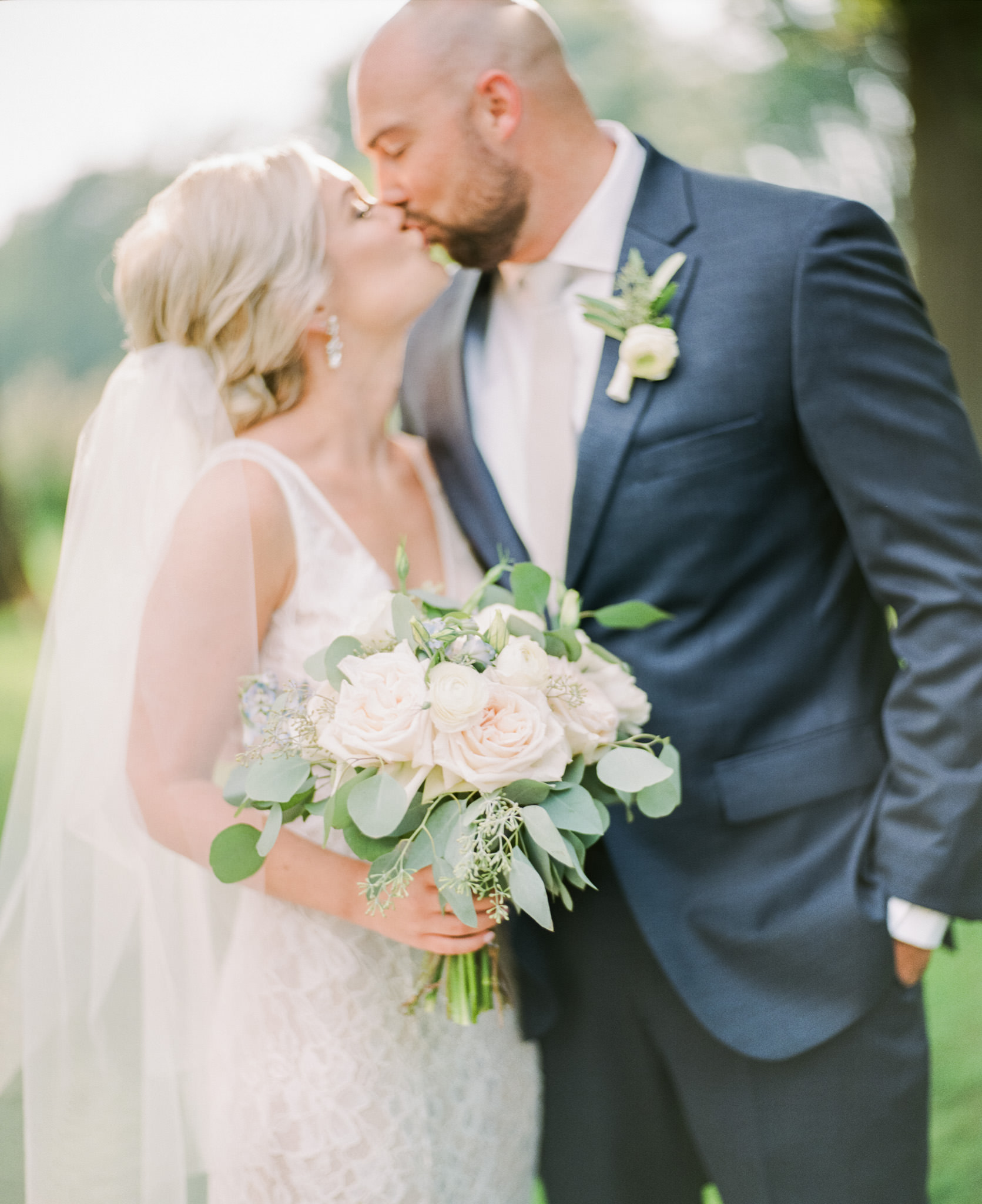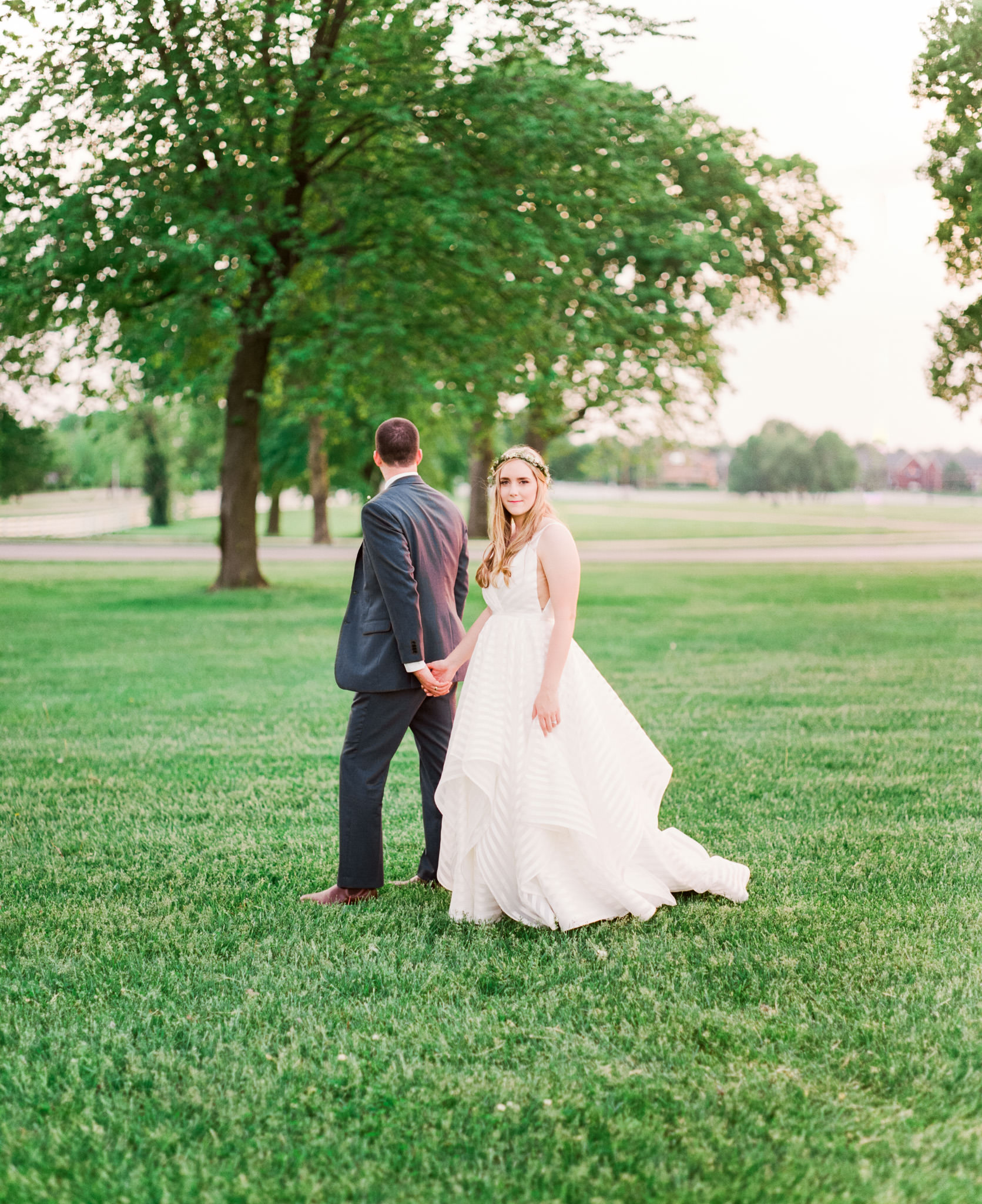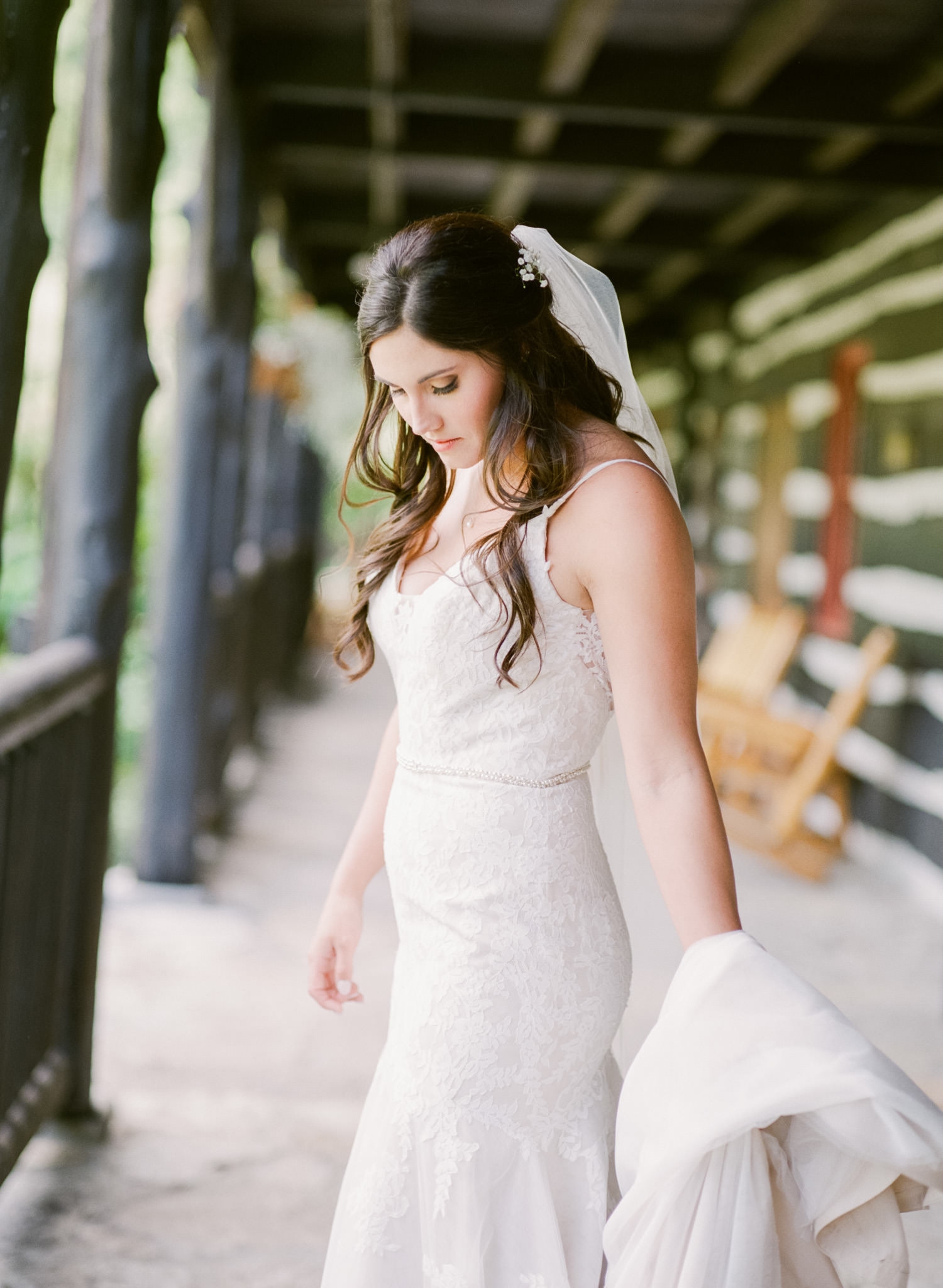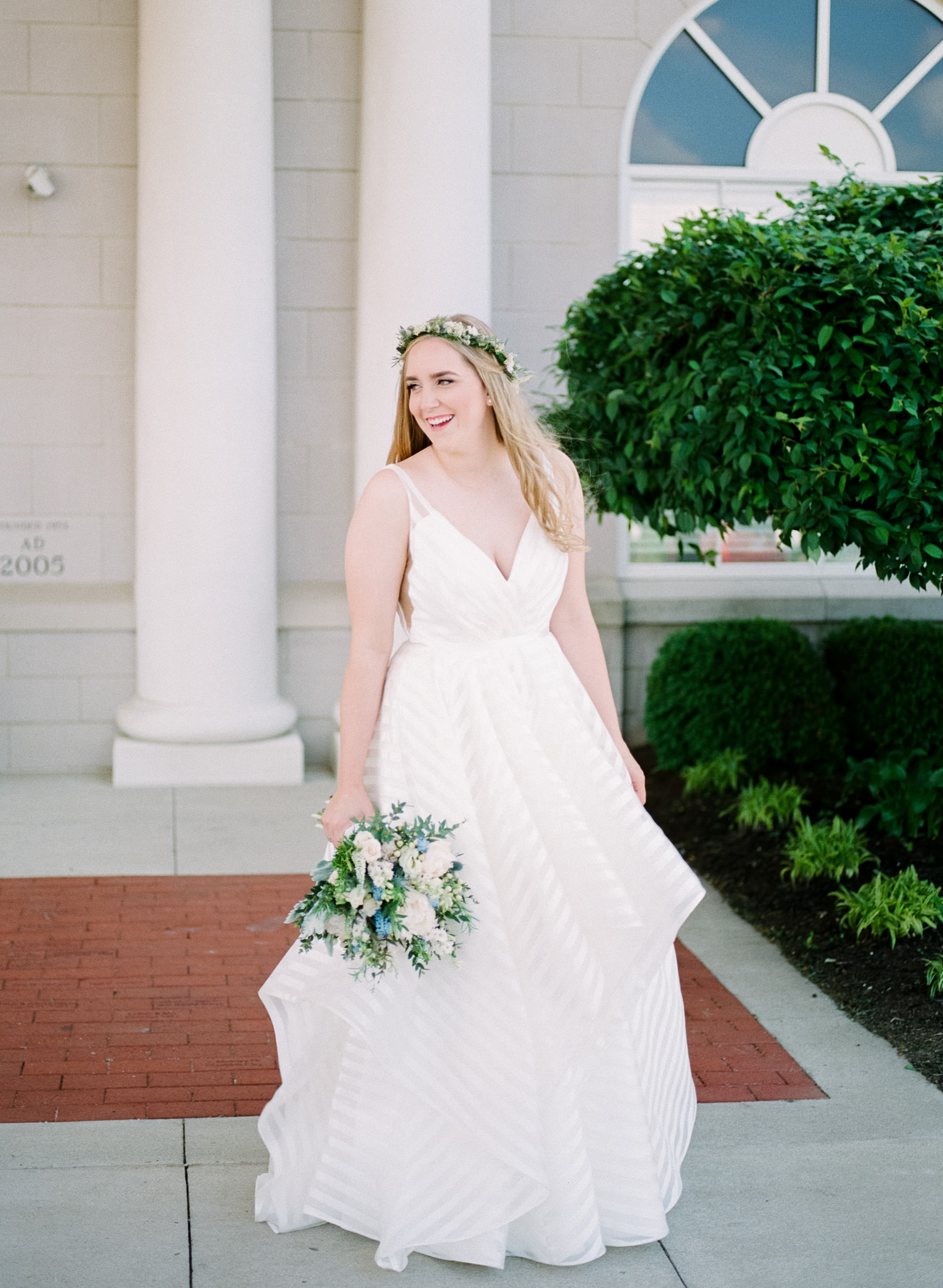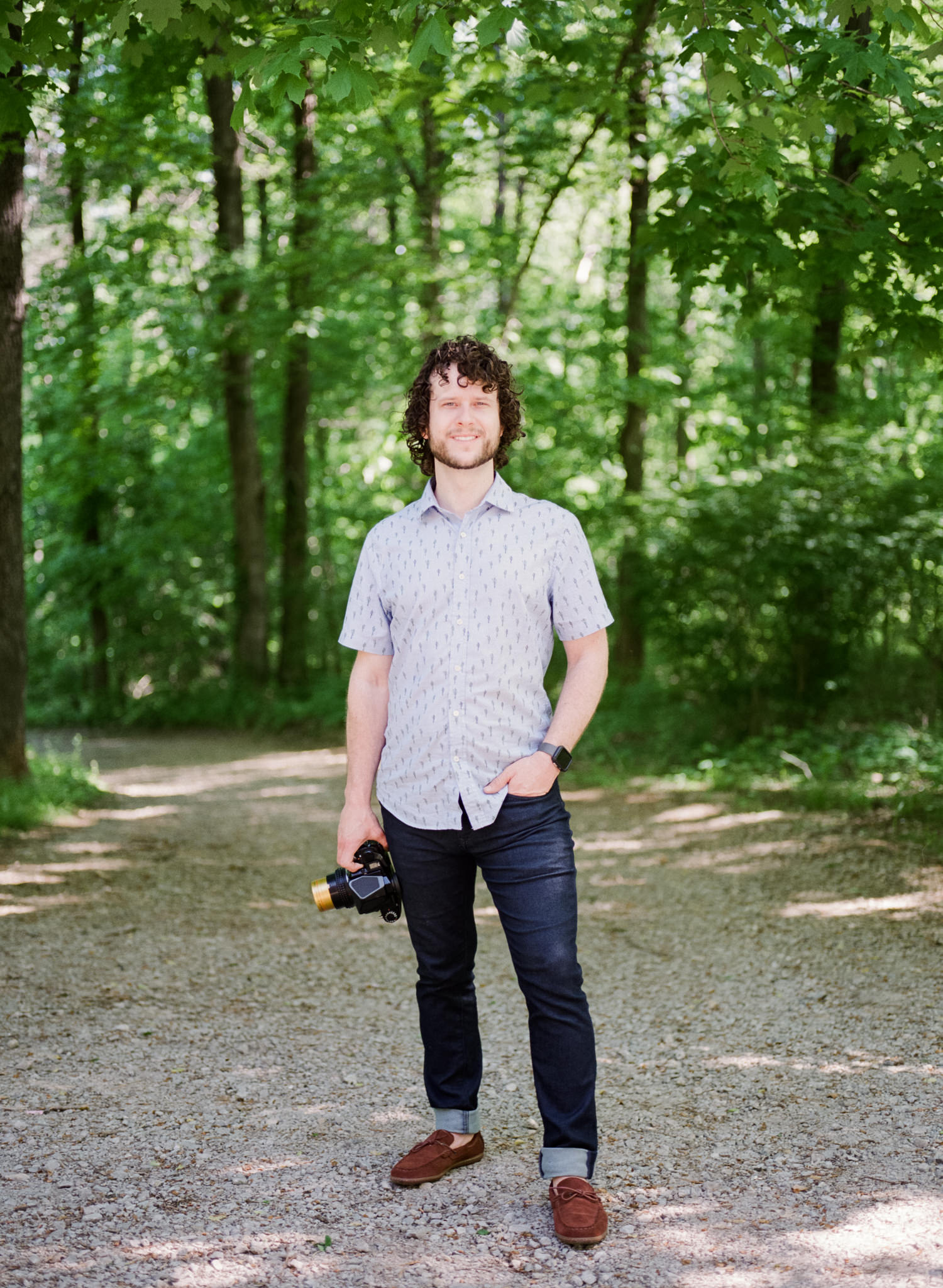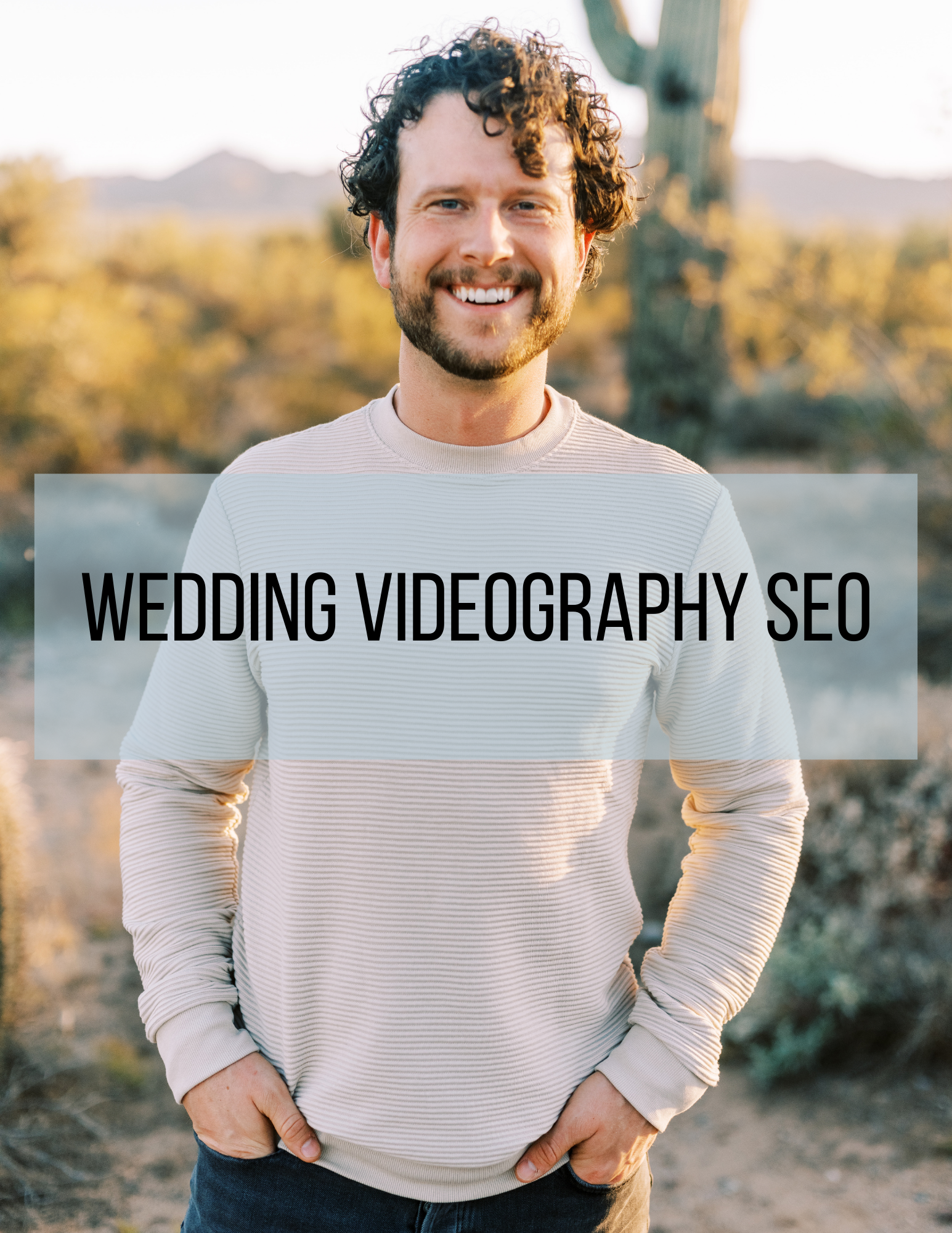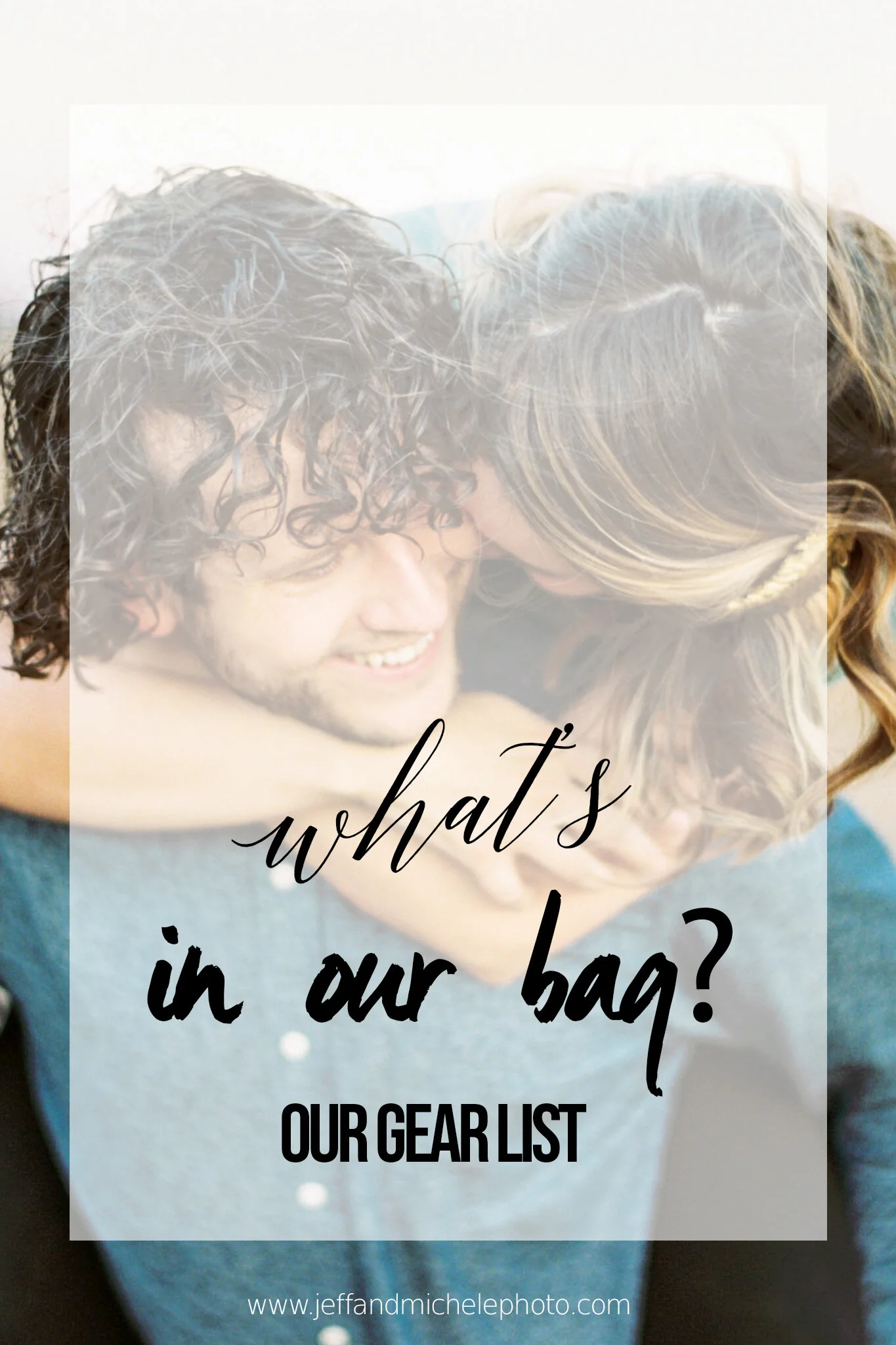Image taken with Pentax 67 using Schneider Cinelux (Cine-Xenon) 150mm f/2.3 from The Boutique Lens
Note: This post is part of our "Learn Blog" for photographers. For workshops, coaching, and other resources designed to help grow your skills as a photographer click here (after you read the article, of course)! To be transparent, all links are paid advertising, as a portion of any purchase made while using these links is credited to us. Please, consider using our links to help support what we do! Thank you!
This article explores a future-forward perspective on using the Contax 645 system (or not) for professional work, and what other alternatives are out there that offer a similar "look" to the legendary Contax 645 combo.
For those who don't want the TL:DR version/that want the answers quick:
Contax 645 bodies are great, but they can be very skiddish (Read more below and/or in my Contax 645 Review)
I like Contax 645 and I like the Pentax 67 with 105mm, and highly favor the Pentax 67 w/ Cinelux lenses (p.s. you can see a review of one of my Cineluxes here.)
Contax 645 is expensive up front
Pentax 67 is cheaper up front, but you'll pay for only having 10 frames
There are some great digital alternatives to either replace or pair with your medium format option(s)
There's a lot more to this article and you may be cheating yourself if you only read this part
Bridesmaids lined up during ceremony. Image taken using Pentax 67 and Pentax SMC 105mm f/2.4
Up front, let's get this out: GAS (Gear Acquisition Syndrome) is real; amazing images have been created with less than amazing cameras. However, many professional photographers own very nice cameras and there's nothing wrong with noticing and embracing excellent optics and camera bodies.
With that said, I think the Contax 645 80mm combo possesses some of the most sought-after characteristics within the realm of highly ergonomic medium format film photography.
Image of bride and groom embracing in front of castle. Taken using Pentax 67 and Schneider Cinelux Ultra MC 120mm f/2
So you know that reading this article is worth it, we'll cover:
My experience with Contax 645s
Future outlook on the Contax 645 system for professional work
What's so great about the Contax 645 Zeiss 80mm f/2 combo
Other film alternatives to the Contax 645
Contax 645 vs Pentax 67
Contax 645 vs Hasselblad H1/H2
Contax 645 vs Mamiya 645
Digital alternatives to Contax 645/Medium format film cameras
A "Contax 645 vs Pentax 67" discussion from a wedding photographer's perspective
I've also included some links to other great articles on the topic that I think provide a good/slightly different perspective and information
Image taken with Contax 645 using Zeiss Planar T* 80mm f/2 lens
This article was mainly written for:
Professional photographers looking to make the wisest, long-term decision in investing in their film camera kit workhorse
Professional photographers (especially wedding photographers) considering the purchase of a Contax 645
Photographers looking for alternatives to what the Contax 645 kit has to offer
Photographers looking for further discussion on the characteristics of lenses such as the Zeiss 80mm f/2, Pentax 105mm, and others
Those looking to find the best camera/lens combo in medium format film
A Bit of Background
Pentax 67 w/ ISCO Ultra MC 110 f2
My Contax 645 Experience (So Far)
My Contax 645 experience so far has been a both good and bad. Having seen the pop of the subject and super-pleasant, non-boring-yet-undistracting bokeh, I figured I'd give it a try. So, I sought out to find a kit.
After weeks of watching eBay, scouring Facebook groups, etc., I finally found a lens and body separately that were described as excellent and in fully working conditions. Once I received them, I found quite the opposite. The lens was full of fungus and the body's autofocus wasn't working at all.
After that, I waited some time, and then decided to buy another kit, which has turned out to work just fine so far!
Now, I'll say that some don't have hardly any trouble, but that's the thing: it's a mixed bag that will only get worse, bar a miracle. This leads me to a few big reasons why I decided to not rely heavily on a Contax 645 kit:
Image of bride under veil taken with Contax 645 and Zeiss 80mm f/2
After an hour-long conversation with one of the only people in the world who work/repair Contax 645s, I became aware of a few things:
Contax 645s are breaking at an increasing rate
There are only a certain number of them
The number of available shutters to replace broken shutters is rapidly decreasing
Although the Zeiss 80mm lens is arguably one of the best medium format lenses ever made, the Contax 645 is known to be skittish
The price for Contax 645s will continue to go up as bodies are parted out for repairs; the cameras will become rarer and more expensive to the point that few people will probably hoard the majority of the bodies, further exacerbating the price
Image of dog licking owner's face taken with Pentax 67 and SMC 105mm 2.4
At this point I will reiterate that this article is not to bash the Contax 645--I love my Contax 645 setup. I just don't think it's smart to rely on it always being there for me.
Now, to be fair and balanced in light of that semi-bad news, I will also mention that Bill at ProCamera in Virginia has told me that they have 6-10 years worth of parts for the Contax 645. He does not at the time of the writing of this article believe that the Contax 645 is a system that will go out of style anytime soon.
The common denominator here seems to be the "10 years" that we're "good" on Contax parts and bodies. So, as a summary, it sounds like Contaxs, though increasing in price, will probably be a fairly safe bet, bar their day to day hiccups, for the next 10 years, after which, we really don't know.
Why Buy a Contax 645 In the First Place?
Image taken with Contax 645 using the Zeiss Planar 80mm f/2 lens
So what's all the hype with the Contax 645? With rumors of unreliable autofocus, bodies that won't work in high humidity, and other quirks, there must be something particular that people like about this system. When it comes to the Contax 645s fancy in the eye of photographers, we're really talking about image quality, which comes from the glass-- the Zeiss 80mm f/2.
The properties that stand out so well with this lens are:
Amazingly smooth, yet delightfully pronounced bokeh
Smooth transition from out of focus to in focus areas
Good contrast
Fast f/2 aperture for medium format
People use different words to describe the "pop" that a particular lens renders regarding the subject. Words like "plasticity, "roundness" micro-contrast, or "the 3D effect" have all been given various definitions, often with one person disagreeing with another on which word means what.
Flatlay of bride’s details taken with Contax 645 and 80mm f/2 lens
Still, others say all the terms ultimately refer to the same thing. Regardless of the semantics, the pop-effect and what all actually creates it is hard to describe, though undeniable.
When we look at Zeiss glass, we see the pinnacle of this effect as far as popular modern film photography is concerned. The subject "pops", and it's not merely just because of the bokeh, or shallow depth of field. In fact, a lens can have shallower depth of field, and yet have less pop than one with a wider depth of field.
This effect is a combination of the medium format perspective, quality of bokeh, transition of in focus to out of focus areas, sharpness of focal point, and over-all micro-contrast. Many describe the bokeh as "painterly". It's extremely pleasant in terms of buttery smoothness but isn't boring or flat as some lenses. It is also interesting bokeh, but not too choppy or distracting.
If you'd like to some of my further thoughts on the Zeiss 80mm, be sure to check out my Contax Carl Zeiss 80mm f/2 Review.
Image taken with Schneider Cinelux Ultra MC 120mm f/2
Since we’re on the topic of lens importance, it’s a good time to skim through some of “the best” lenses that compare to the Zeiss 80mm f/2. After this little list, I’ll discuss my thoughts about body/lens combos compared, but just to give you a good idea of the other lenses we’ll be looking at and their image quality:
Pentax 67 105mm f/2.4
Great lens, but perhaps not quite as “smooth” of a rendering
Schneider Cineluxes/ISCO Ultra MCs
Equal to if not better image quality than the Zeiss 80mm f/2
Hassleblad 110mm f/2
Another great lens comparable to the Zeiss 80mm
Hassleblad 100mm f/2.2
Beautiful lens with a “smooth” rendering similar to the Zeiss 80mm. Bokeh seems less pronounced.
Pentax 75mm FA f/2.8
Good lens, but doesn’t have the same “pop” as the Zeiss 80mm"
Leica Summicron 90mm f/2
Good lens, but seems a litte more sterile to me
Mamiya 80mm f/2.8
Good lens, but doesn’t have as much “pop” or character as the Zeiss 80mm
Mamiya 80mm f/1.9
Good lens. I have heard others say that it’s bokeh is “busy” and/or “more distracting”. I have yet to see any images that convince of this.
Image of bride and groom taken using a Pentax 67 and SMC 105mm f/2.4
Contax 645 Zeiss 80mm f/2 vs Pentax 67 105mm f/2.4 and Other Popular Choices
Let's recap the pros and cons of the Contax 645 combo compared to other medium format options:
Contax 645 w/ Zeiss 80mm f/2
Pros:
Amazing image quality
Autofocus
Ergonomics are pretty good/feels good in the hand
Cons:
Various reports on autofocus being good/decent/bad
Lack of reliability/finicky (randomly not working in certain conditions, lack of parts/serviceability, longevity, price, lack of supply/availability)
Also, in terms of practicality, this system is rumored to be finished in 10-15 years according to my conversation with one of the few people in the world that performs repairs on Contax 645. "We're already rebuilding shutters; there's just not enough bodies around to keep junking bodies."
This system is possibly not a foreseeable long-term solution beyond the next 10 years, for most shooters.
Film flatness problems
Image of couple photographed using Contax 645 and Zeiss 80mm f/2
Pentax 67 w/ 105mm f/2.4
Pros:
Amazing image quality
Comparable or perhaps slightly shallower depth of field compared to 80mm f/2 on Contax 645
6x7 negatives provide for a very interesting perspective
High resolution, sharp, very pleasant bokeh
Excellent "pop" that rivals the Zeiss 80mm f/2
Cons:
Heavy
I personally don’t think that the 105mm 2.4 possess the level of "creaminess” that is seen in photos taken with the Zeiss 80mm or the Cinelux lenses. It’s close, but I tend to find the images taken with the 105mm to generally appear a bit more “crispy” when compared
No film back/insert
A little difficult to load quickly
No autofocus
Not quite as low light capable at f/2.4 compared to 80mm f/2
Ergonomics not quite as advanced as other options
10 exposures (w/ 120) vs 16 on 645
*Note: After having a lot of practice with a 67, I would argue that someone who uses one all the time can change film almost as quickly if not more quickly than someone reloading their Contax.
To check out Pentax 67 prices and average cost to getting into the system, view Pentax 67s on Ebay by clicking here.
Read our full Pentax 67 Review.
Image taken with Pentax 67 and Pentax 67 SMC 105mm f/2.4
Image taken with Pentax 67 and 105mm f/2.4
Image taken with Pentax 67
Pentax 67 w/ Hassleblad 110mm f/2
Pros:
More shallow depth of field than the Zeiss 80mm f/2.
Cons:
Quite a feat to find a 110mm f/2, afford one, and then to mount it on a Pentax 67 while achieving focus to infinity.
No autofocus and all the other weaknesses of a Pentax 67 kit.
To check on prices and availability of theHasselblad 110mm f/2, click here to view it on Ebay.
Pentax 67 w/ various projection lenses
Pros:
By mounting various projection lenses such as the Super Cinephors, Super Snaplites, Cineluxes, and other lenses, various focal lengths and larger than 2.4 apertures can be achieved. I have experimented with a 178mm f/1.9 lens, a Schneider Cinelux Ultra MC 120 f/2, and an ISCO Ultra MC 110mm f/2 and have achieved some pretty interesting results. You can read more about how to do this on my post How to Mount Projector Lens to Pentax 67.
Cons:
Generally speaking, these are always going to be fixed aperture lenses that you will have to mount with specific hardware.
A lot of these older lenses do not have great coating and may flare quite a bit. These large aperture lenses are typically quite heavy.
Also, they may have a very limited focal range, say up to 15 meters or less.
An image photographed using a Bausch & Lomb Super Cinephor 178mm f/1.9 on a Pentax 67.
Note: In my current opinion, the best solid exceptions to these flaws are going to be modded Cinelux lenses. I am currently experimenting with modding a f/2 Cinelux that can focus to infinity, and which has an aperture. I will probably update this article as I experience those results.
Pentax 67 w/ Cinelux or ISCO Ultra MC Lenses (see this guide to Cineluxes to understand the differences between Schneider and ISCO)
Pros:
Fast (many are f/2)
Cineluxes are fairly lightweight
As good or better bokeh and “pop/3d effect” as the Zeiss 80mm f/2
Very smooth “creamy” rendering, as good or better than Zeiss 80mm f/2
Cons:
Rare
Manual focus (if that’s a deal-breaker for you)
Can be a bit of a costly investment (sometimes around the price of a Zeiss 80mm f/2)
No native aperture, though you can purchase a Schneider Cinelux with an aperture installed
Image of bride and groom embracing with bouquet taken using Pentax 67 and Schneider Cinelux Ultra MC 120mm f/2
ISCO Ultra MC 110mm f/2 on Pentax 67
Contax 645 vs Hasselblad H1 or H2
Hasselblad H1 or H2 w/ 100mm f2.2
Pros:
Still serviced
Similar look to 80mm f/2, including very smooth/”creamy” skintones
Often reported as better autofocus than Contax
If bought used, one can spend about the same or less than current Contax 645 market prices
More durable/reliable
100mm is arguably a better portrait focal length than the Zeiss 80mm on 645
Cons:
I personally have trouble accidentally hitting the shutter button. I think the button is more exposed than the shutter button on the Contax, so when carrying it during a wedding day, it’s common to bump it and expose a few random frames
f/2.2 not quite as low light capable as the Zeiss 80mm f/2
Somewhat expensive
The 100mm 2.2 can sometimes be difficult to find
Bokeh is very similar to the Zeiss 80mm f/2, PERHAPS a little less pronounced
Image of bride taken with the Hasselblad H2 and HC 100mm f/2.2 lens on Fuji 400H
Image of bride and bridesmaids holding bouquets during wedding taken with Hasselblad H2 and 100mm 2.2 lens
Image taken with Hasselblad H2 100mm f/2.2
Hasselblad H2 w/ 100mm 2.2
H2 with HC 100mm f/2.2 @ 2.2
To check on prices and availability ofH2 bodies, prisms, click here. To check on the appropriate film backs/inserts for H2 cameras,view the Hasselblad HM 16-32 film backs on Ebay. To check on the 100mm f/2.2, click here for ebay or here to view it on Amazon.
H2 w/ 110mm f/2 + V to H Series Adapter
Pros:
Great portrait setup
Great for low-light
Shallow depth of field
Rendering very similar to 80mm f/2
Cons:
Manual focus only
Somewhat expensive
Image of flower girls taken with Pentax 645nii using a 75mm FA f/2.8 lens
Contax 645 vs Pentax 645
Pentax 645 Nii with 75mm FA
Pros:
Cheaper
More reliable
Plenty of parts
Better autofocus
Good image quality
Cons:
Not quite the level of plasticity/microcontrast we see in the Zeiss 80mm f2
Not quite as capable in low light at 2.8
Less shallow depth of field
No interchangeable film backs/inserts must be changed after roll is finished. (I personally don't mind this "shortcoming")
I think this combo can tend to look a little "sterile". It's not bad at all; it just doesn't have "the look" for me like some of the alternate options.
My experience with Pentax 645 bodies has been mixed. I have owned both all three version of the Pentax 645, and have had bad experiences with the two earlier ones. Now, this may have been from a defective insert. But strangely, I have spoken to quite a few that have reported the same issues. Other problems such as film flatness issues and/or the mirror not resting all the way down can also result in focusing issues.
Read our full Pentax 645 Review!
To check on prices and availability of thePentax 645, click here to view it on Ebay.
Image taken with Pentax 75mm f/2.8 FA
Pentax 645 with FA 75mm 2.8
Pentax 645 w/ 105mm (via adapter)
Pros:
Images with the 105mm look great
Using this on the Pentax 645 allows images to take on the amazing character of that lens
Cons:
No autofocus
Images don't look as good as the Pentax 67 or the Contax/Zeiss 80mm combo
Somewhat heavy
Same potential film flatness issues as Pentax 645 w/ 75mm FA
Image shot using Pentax 645 Medium Format Camera w/ adapter Pentax 105mm f/2.4
Pentax 645 with Bokeh Factory Zeiss 80mm f/2
Pros:
Zeiss look
Mechanical reliability of Pentax 645
Cons:
My experience with Pentax 645 bodies has been mixed. I have owned both all three version of the Pentax 645, and have had bad experiences with the two earlier ones. Now, this may have been from a defective insert. But strangely, I have spoken to quite a few that have reported the same issues.
Other cons can include the following: expensive, cannot change aperture from f/2, no autofocus, wait time/availability.
Cannot adjust aperture from f/2
Pentax 645nii w/ projection lenses
Pros:
Cinelux lenses 105mm and up can be modded pretty effectively, from reports that I've heard. These lenses are f/2, which is fantastic. A 100mm Cine Xenon lens on my 645nii is my current project. I think this is a fantastic option. A 100mm f/2 is about a 62mm f/1.25 when compared with a 35mm/full-frame perspective. I think this makes for a great all-around portrait/details combo. There also exists several other lenses I'm working to test. Some of these have as low as f/1.6 minimum aperture.
I have had much better luck at hitting focus with my Nii than with the original or N versions of the Pentax 645. This, of course, doesn’t prove that the Nii is better. But, it also raises the question!
Bright focusing screen for good manual focus control
Cons:
Lenses are difficult to find. They take time to mod. Manual focus only.
Image taken with Pentax 645nii using Schneider Cine-Xenon 100mm f/2
Image taken with Pentax 645nii and ISCO Cinelux Xenon MC 115mm f/1.7
Pentax 645 w/ Summicron 90mm f/2
Pros:
I have not used this combo, but am aware that it produces pretty desirable results. I don't like the rendering as much as I do that of the Cinelux lenses, though. That's just me!
A huge benefit is its ability to focus close (I've heard 60mm when modded by The Bokeh Factory) to infinity.
Also, it can retain the changeable aperture, so you can shoot at f/2 and more!
Cons:
No autofocus.
Contax 645 vs Mamiya 645
Mamiya AFD with 80mm 2.8
Pros:
Autofocus
Very affordable compared to the Contax combo
Cons:
Not as low-light capable at 2.8
Depth of field not as shallow as other options
Mamiya 645 with 80mm 1.9
Pros:
Similar depth of field
Cheaper
More reliable
More reliable
Cons:
Arguably not as pleasant bokeh (often described as "weak" or "busy"), some say
No autofocus
Mamiya 645 w/ other projection lens options listed above
Pros:
This solution is going to be pretty much the same as using the Pentax 645
Great lens quality, shallow depth of field, etc.
Cons:
I've heard the focusing screen is darker on the earlier Mamiya 645s. However, I’ve heard great things about the AFDII and newer matte screens.
Digital Options/Alternatives to Contax 645 and/or Medium Format Film
Perhaps you've thought about getting the look of the 80mm f/2, but would like to consider digital options. Since "the look" of the medium format perspective is unique and interesting, here are a few options that provide some of that "look".
Keep in mind that film 645s shoot a negative that is 56 x 42mm. Many digital backs or "digital medium format" 645s are a different crop than film 645s.
The largest sensor size at the time of this writing for digital 645 is 53.9 x 40.4mm for a "CCD" sensor and 53.4 x 40.1mm for a "CMOS" sensor. Though slightly smaller than "true" 645, these are very close to their film counterparts.
Phase One XF or DF+ w/ IQ260 w/ Contax 80mm f/2, Cinelux, etc.
Pros:
Large 53.7 x 40.4 sensor size
If you shoot a lot of film, switching to digital could save tons over the years. We calculated that, when shooting only 10 rolls per wedding at 30 weddings a year, we'd save about $7,500 per year on film, developing/scanning, shipping, etc.
Since you're investing in valuable goods, you can sell your gear at some point and still recover cost. With film, you shoot it and there's no object that you can sell/use to recover your initial investment.
Cons:
Expensive
Have heard images referred to as a bit "crunchy" compared to film
Phase One XF or H2 Body w/ IQ1 100mp Digital Back w/ Contax 80mm f/2, Cinelux, etc.
Pros:
Large sensor size of 53.4 x 40.1 (which is about as big as you get at this time
15 stops of dynamic range
If you shoot a lot of film, switching to digital could save tons over the years. We calculated that, when shooting only 10 rolls per wedding at 30 weddings a year, we'd save about $7,500 per year on film, developing/scanning, shipping, etc.
Since you're investing in valuable goods, you can sell your gear at some point and still recover cost. With film, you shoot it and there's no object that you can sell/use to recover your initial investment.
Cons:
Expensive
Difficult to find used
Have heard images referred to as a bit "crunchy" compared to film
Phase One XF + Leaf Credo 60 w/ Contax 80mm f/2, Cinelux, etc.
Pros:
Large sensor size of 53.9 x 40.4
Handles light a lot like film, in my opinion.
If you shoot a lot of film, switching to digital could save tons over the years. We calculated that, when shooting only 10 rolls per wedding at 30 weddings a year, we'd save about $7,500 per year on film, developing/scanning, shipping, etc.
Since you're investing in valuable goods, you can sell your gear at some point and still recover cost. With film, you shoot it and there's no object that you can sell/use to recover your initial investment.
Cons:
Expensive up front cost.
If your workflow is heavily dependent on your lab providing you with scans that look exactly how you want them, switching to digital may cause unwanted editing stress.
I still love film : )
Fuji GFX 50
Pros:
We love this option!
Native 4:3 ratio, which we love
Ability to shoot in different ratios
Great in low-light/High ISO capabilities
Can accommodate many lenses
If you shoot a lot of film, switching to digital could save tons over the years. We calculated that, when shooting only 10 rolls per wedding at 30 weddings a year, we'd save about $7,500 per year on film, developing/scanning, shipping, etc.
Since you're investing in valuable goods, you can sell your gear at some point and still recover cost. With film, you shoot it and there's no object that you can sell/use to recover your initial investment.
Can use Speedbooster to achieve more shallow depth of field
Cons:
Not a true 645 (43.8 x 32.9mm sensor vs 56 x 42mm)
Expensive up front cost
Many lenses can appear sterile as they do on any other camera
If your workflow is heavily dependent on your lab providing you with scans that look exactly how you want them, switching to digital may cause unwanted editing stress.
If Speedbooster is used, distortion/images quality reduction may occur
Also, be sure to see our full Fujifilm GFX 50S review as well as our GFX 100 review for more thoughts on this camera system!
Image taken with Fuji GFX 50S and Schneider Cinelux 105mm f/2
Fuji GFX 50S with Schneider Cinelux Ultra from The Boutique Lens
Sony A7Riii w/ Zeiss 80mm f/2 + Speedbooster
Pros:
Smaller body and weight
Can use Kipon Baveyes C645 Speedbooster adapter effectively
Has a look very close to Contax 645/80mm when using Speedbooster
Cons:
Speedbooster may effect image quality to some degree; minor distortion may occur in certain parts of the image including some effect to the bokeh which might be described as some loss to "buttery-smoothness" and added "jittery-ness"
If your workflow is heavily dependent on your lab providing you with scans that look exactly how you want them, switching to digital may cause unwanted editing stress.
67 vs 645 From a Business POV
We estimate that, if we shoot 4,500 film photos per year, then at 10 per roll that's 450 rolls per year. For the film and then the processing, that's about $9,675. Now, if we're using a 645, that's about 281 rolls per year for a total of $6,046, a savings of over $3,600. That's enough to buy a whole other Contax body, or at least pay for the repairs. That's assuming that the hit/keep rate on the 645 is comparable to the 67 and that we are indeed shooting equal amounts of film.
Image of bride and groom taken during wedding using Contax 645 and Zeiss 80mm f/2 on Fuji 400h, developed by State Film Lab
Pentax 67 vs Contax 645
Out of all these, my current choice is the Pentax 67. Generally speaking, the larger 6x7 perspective is the most interesting, in my opinion. The 6x7 negatives are just glorious. Yes, it's heavy, and no it doesn't have autofocus, but that's ok. It produces the lovely portraits I want it to and nailing focus is easy with the large viewing screen.
The Pentax 67 has a look to it as unique as the Contax combo. I personally prefer the perspective of the 67 over the Contax combo, although I still believe the Contax combo has slightly better plasticity/micro-contrast, which lends itself to amazing up close shots with super lovely bokeh. They're different looks with different strengths, and I honestly couldn't pick one over the other universally in terms of image quality.
Image taken with Pentax 67 using the SMC 105mm f/2.4 lens
The Pentax 67 is a camera with plenty of replacement parts and the price has yet to shoot as high as the Contax 645. In my mind, this is a huge reason why I want to continue becoming super familiar with the Pentax 67. My philosophy is that the camera I'm most familiar with is the camera that I essentially become one with--I'm more able to focus on composition, timing, and artistic expression.
So, since the Pentax 67 has so many wonderful aspects and since it seems like it will be very serviceable/replaceable in the case of failure, it's my current workhorse.
With that said, my wife is shooting the Contax 645 with 80mm f/2. The main reason for her to shoot the Contax is size, weight, and probably most importantly, having 16 frames vs 10. Speaking from a business perspective, the cost difference between 10 frames and 16 frames is pretty astonishing as we've shown above.
Though I love my 67, the cost difference between shooting 67 and 645 is the biggest deterrent for me. My wife and I are both very interested in using a Cinelux f/2 lens on a Pentax 645, largely because of the reliability, availability, and price point.
Image of groom smiling taking using Pentax 67 with Schneider Cinelux Ultra MC 120mm f/2
Contax 645 vs Pentax 67 For Wedding Photography
As a wedding photographer, I am sometimes met with amazement by others who would never consider the Pentax 67 for wedding photography. However, I find it a joy to use at weddings.
The largest concerns with using the Pentax 67 at weddings are:
Weight
Difficulty with film loading
Only 10 frames per roll
Loudness of the shutter
No autofocus
I think these are all valid concerns.
Weight: I do struggle with the weight of carrying my Pentax 67 all day. In my opinion, the biggest advantage of the Contax 645 over the Pentax 67 for weddings is that the Contax is a bit lighter. However, I typically will have an assistant hold it when I don't need to be shooting it. Plus, with all the money I've saved on not buying a Contax, I can afford a set of weights and a membership to the gym, enabling me to gain some extra muscle to tolerate the minor weight difference between the Contax and the Pentax.
Film loading: After much practice, I feel pretty confident with loading my Pentax 67 quickly. The biggest difficulty I had was getting the fresh roll's spool to lock into place. Once I learned that you could apply pressure to the locking metal knob on the bottom while rolling the roll backward, it's become a much easier process. Also, using all that money saved on not buying a Contax 645 kit means you can afford to hire an assistant to load your Pentax 67 for you!
Only 10 frames: I suppose digital-focused photographers might say to a 35mm user, "only 36 exposures?" or a 35mm user to a 645 user "only 16 frames?". I like to think that 10 frames lend itself to "quality over quantity" mentality. While my math would say that having 16 frames should save a lot of money vs having 10, I also have found that my keepers with the 67 are much higher than with 645. So there's definitely some give and take.
Loudness of the shutter: I will admit--I've gotten some looks from guests during the wedding ceremony when this thing slaps. But honestly, I don't think it's that big of a deal. I actually find my Pentax 645 to be a more annoying of a shutter sound and advance.
No autofocus: After shooting the Pentax 67 for a while, autofocus became far less important to me. I can clearly see my focus and am becoming better and better at snapping the subject into focus. I don't know that I've ever had a higher in focus ratio with any other camera (including digital).
When compared to the Contax 645, despite these "cons" to using the Pentax 67, I still think the Pentax 67 is the best option for me currently. I'm aware that film loading can be much quicker with the interchangeable backs of the Contax, but it's not super convenient to carry around a lot of preloaded backs.
I've seen many Contax shooters merely shoot and then load a roll directly into the back of the body. To me, this seems almost as time-consuming as loading a roll into the Pentax 67, and slightly more awkward than loading with the 67 since you must remove the film insert.
Image of Bride during getting ready taken with Contax 645 and Zeiss 80mm f/2
Future Possible Solutions to the Contax 645 Dilemna
It's quite possible that kickstarter projects or something similar are generated to provide solutions to the era of failing film cameras. But, other than that, there are a few options that might prove very realistic in the coming years.
Digital cameras image quality is becoming better and better. While I don't perceive anything replacing the look of film completely anytime soon, a camera similar to the Fuji GFX matched with various lenses could be a good choice. Also, I've seen very favorable results from Phase One XF with Lead Credo 60 digital back.
As technology progesses, these rather expensive systems/their technology should become more accessible. This may make it more financially feasible to find oneself shooting a digital camera that provides a perspective close to a true 645 negative. That, coupled with lenses such as the 80mm f/2 and Schneider Cinelux lenses will allow shooting an image that is very similar to what we love about being able to shoot on medium format film.
Conclusion
Although an amazing kit, the Contax 645/ Zeiss 80mm combo is in a potentially dangerous position as the bodies known for their skittishness become more rare and more hoarded. Several other options exists, although each has it's own drawbacks. There are a handful of really great options out there that present there own challenges and drawbacks.
I choose to believe that, ultimately, amazing photographs can be made despite the lack or presence of certain gear. That said, the Pentax 67 is my current choice for professional work.
What are your thoughts? What other camera bodies would you include?
Related Blog Posts
Other Similar Articles from Other Websites on Contax 645 Comparison
Other Articles you might FInd Interest In


